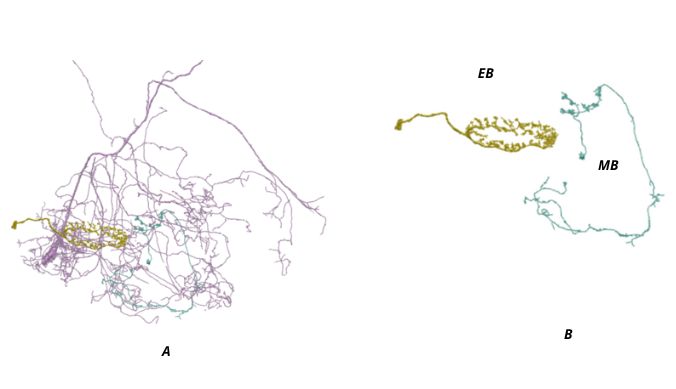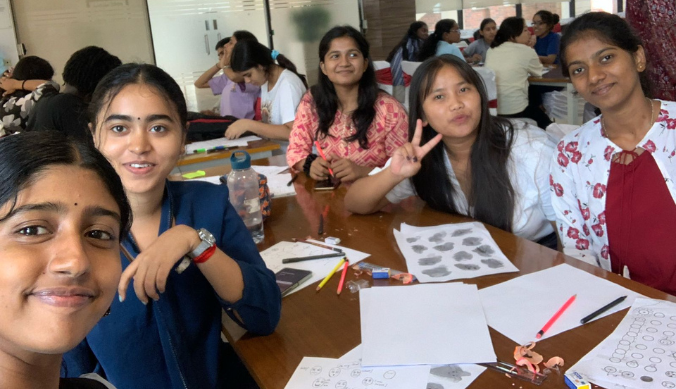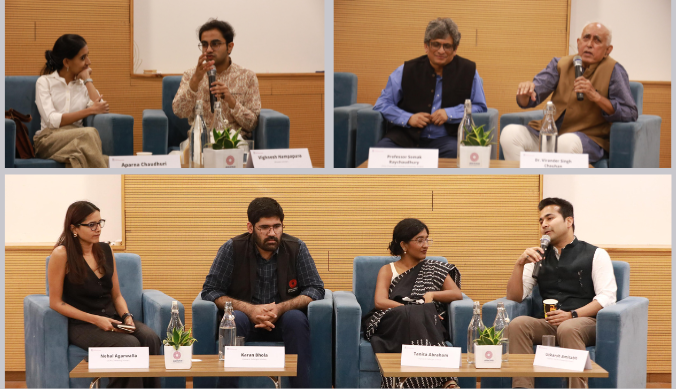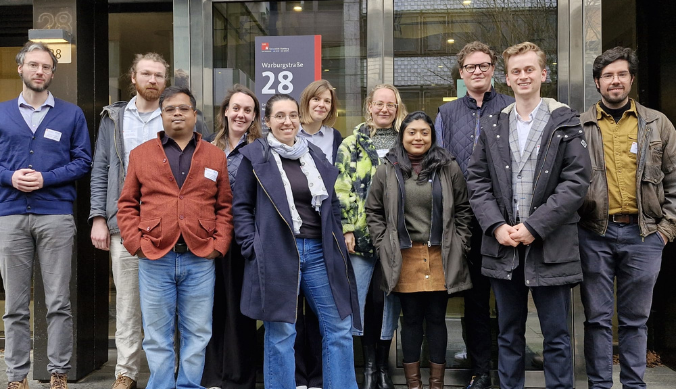Lodha Genius Programme: Nurturing Scientific Pioneers through Creative Exploration
What LGP did well was to stimulate students’ imaginations and give them the freedom in a directed exploration to discover something new

Krishna Melnattur
18 January, 2024 | 4m readThere are many programmes in India for academically high-performing students. What made the Lodha Genius Programme (LGP) stand out was its emphasis on stimulating creativity in young minds.
Students in India are well-trained in the basics of science and logical thought. Our students sometimes stumble when asked to tinker at the boundary of knowledge, where there is no clear logical path forward. Research, by definition, works at the boundary of knowledge. To make progress, one has to leap from the known into the unknown. What LGP did well was to stimulate students’ imaginations and give them the freedom in a directed exploration to discover something new.
The Great Ideas Seminar exposed students to big ideas in science today. Perhaps, more importantly, these talks familiarised students with the process of making scientific discoveries. However, it was in individual modules that students’ creative urges got a chance to find expression.
We are a sleep neuroscience lab interested in basic questions about the need for sleep and the relationship between sleep and memory. Drosophila are an excellent model system in which to explore these questions. Fly sleep is much in parallel with human sleep. Flies sleep through the night like we do. Caffeine wakes flies up while antihistamines make them drowsy. Sleep-depriving flies impair learning. Students were excited at every aspect—starting from the fact that little flies have brains and can form memories and that these memories can be impaired by sleep loss.
We started with an introduction to genetic techniques to alter circuit activity and function. Students set up crosses to inhibit specific circuits in the ellipsoid body (EB) and mushroom body (MB) by expressing inhibitory channels. They then evaluated sleep to examine the consequences of altering circuit excitability.
Finally, they learned to use the connectome database—a synapse-level map of connections between neurons, to visualise these circuits (A). They then used this database to find novel circuits (pink) that connect the two sites – the EB and MB (B).

Connectomics is very much the state of the art in neuroscience. The fly connectome is a fabulous resource and one that students were amazed to explore. Importantly, this is accessible from anywhere, and students were happy to go home and explore circuits further on their own. From the feedback we got, students were excited to see and manipulate the behaviours of flies and astounded that there was such a highly detailed map of their brains that they could explore at leisure.
Study at Ashoka













